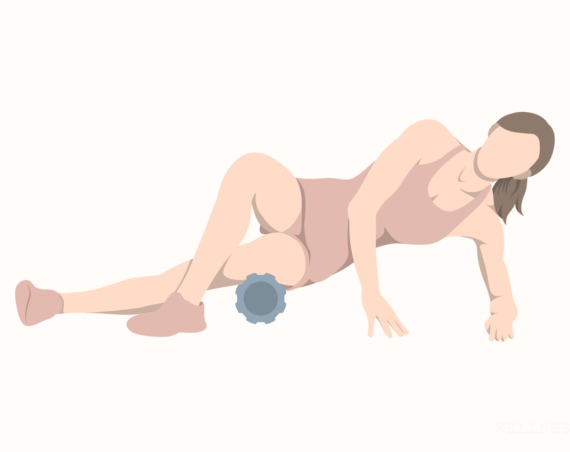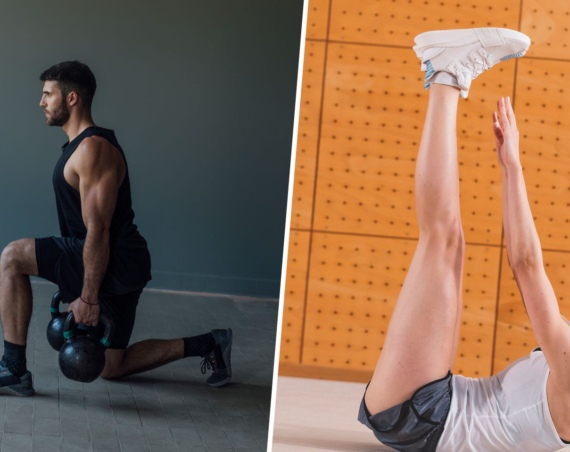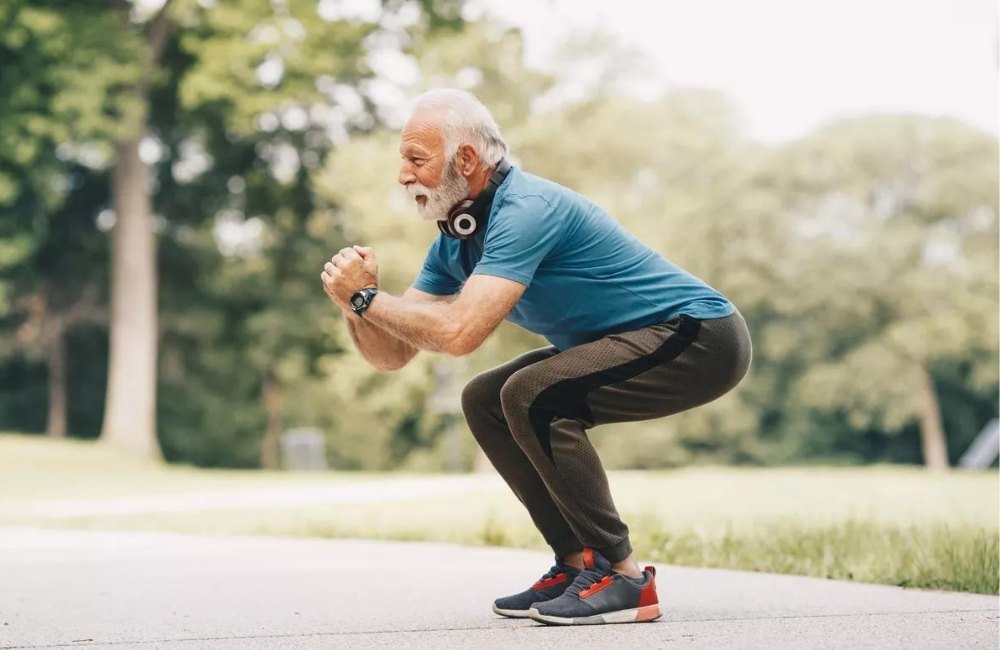
Working out is never easy, no matter how old you are. After all, it’s so much easier to sit and watch TV than it is to lace up for a run. Also, as we get older, our time is often split between caring for family, working, and thinking about retirement.
However, no matter what your limitations are, you need to participate in SOME exercise during all stages of life.
In this article, we will review some exercise considerations for those in their 40s and all subsequent decades thereafter.
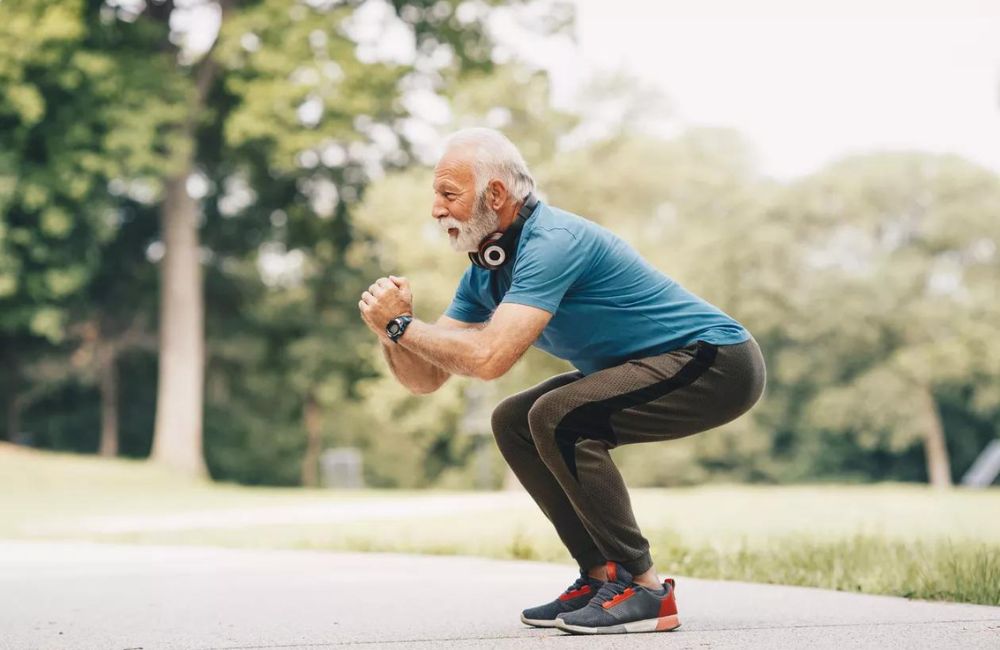
You’ll also like:
Over 60? These Are The 5 Best Exercises You Should Be Doing
Over 60? Here Are The 10 Best Core Exercises You Should Be Doing
Working Out in Your 40s
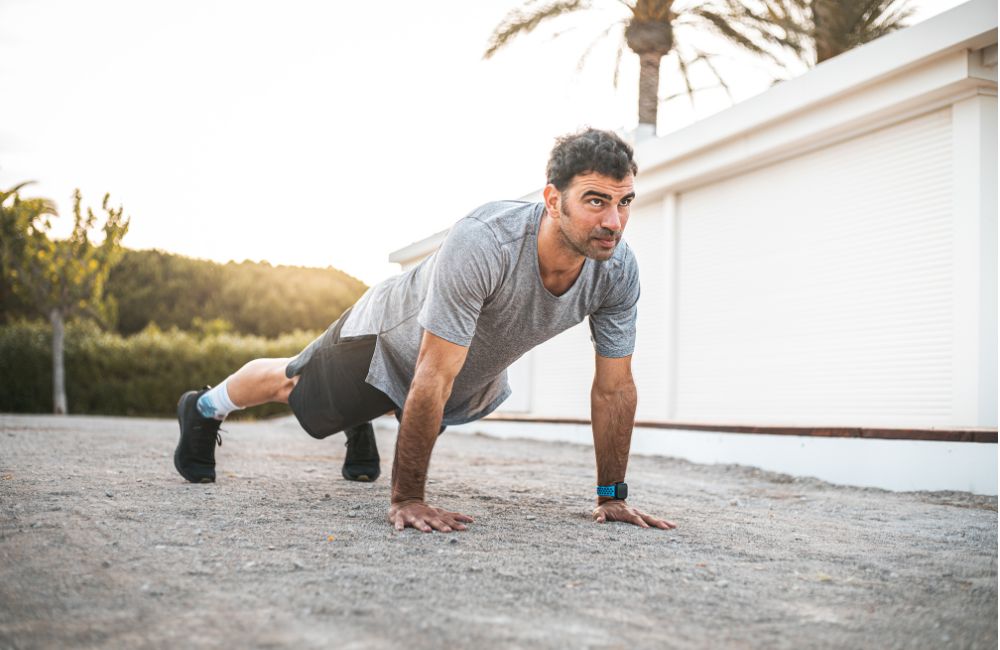
In most cases, entering your 40s signals that you have concluded the first half of your life. For some people, this causes a feeling of panic.
Tons of 40-year-olds suffer from midlife crises. This can manifest in different ways: from buying a Lambo, to quitting a stable job.
When it comes to exercise considerations, there are a few things that 40-year-olds need to understand.
For one thing, your body is now starting to slow down. This means that you may not be able to accomplish some of the physical feats you did in your 20s.
Furthermore, you may start to feel some of the early effects of arthritis. Arthritis is essentially a process in which the joints begin to wear down. For this reason, you may begin to experience some soreness in your knees or other areas after a day full of activity.
During this stage of life, you should strive to build up as much strength as you can. Once you move on to your 50s, strength begins to diminish. Therefore, having as strong of a starting point as possible will benefit you significantly later in life.
You can’t stop the effects of aging, but you can slow them down as much as possible with exercise!
Specific Recommendations for Exercise in Your 40s
Truthfully, it doesn’t take much to maintain muscle. By performing some total body resistance training exercises 2-3 times per week, you’ll be in a great position for healthy aging.
Also, make sure you get your cardio in. Biking, walking, running…whatever you like! Just make sure you get your heart rate up for at least 150 minutes per week.
Working Out in Your 50s
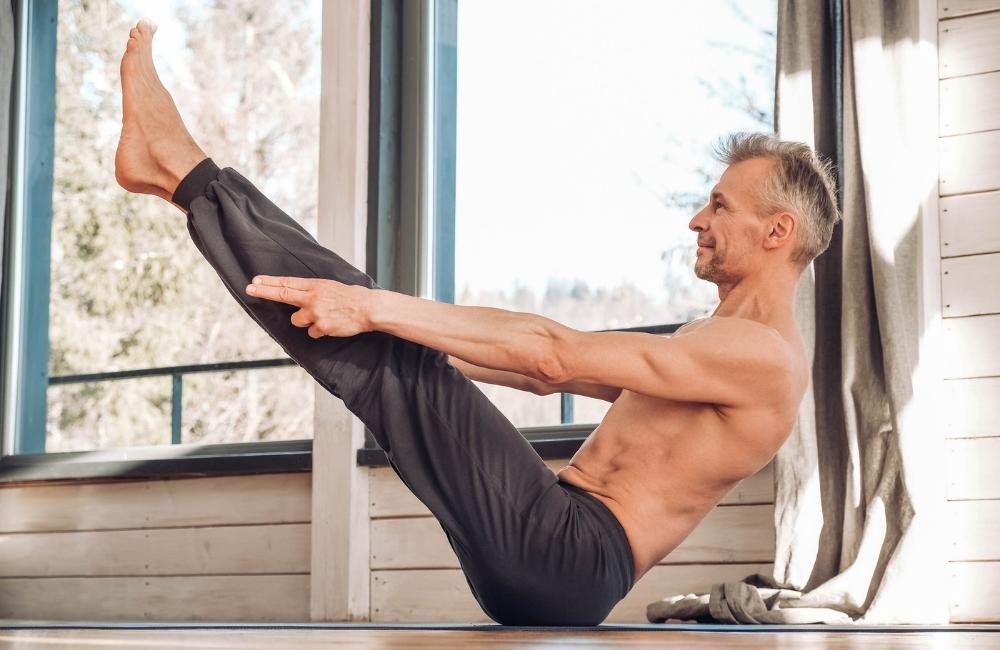
As you enter your 50s, muscle mass continues to decrease. This isn’t surprising, and you’ll notice this trend with all of the progressive decades outlined in this article.
However, a new concern develops in your 50s as well: bone loss.
This is the age when osteoporosis and osteopenia often begin to develop. Luckily, there are some exercise tips and tricks you can use to delay this bone loss.
Specific Recommendations for Exercise in Your 50s
During this stage of life, you’ll want to incorporate movements to encourage bone growth. While almost all exercise can help toward this goal, weight-bearing movements are king.
When possible, you should perform your exercises standing. Examples of weight-bearing exercises to include are squats, standing shoulder presses, and walking.
Two or three days a week of resistance training and 150 total minutes of cardio exercise are still appropriate recommendations during this decade.
Working Out in Your 60s
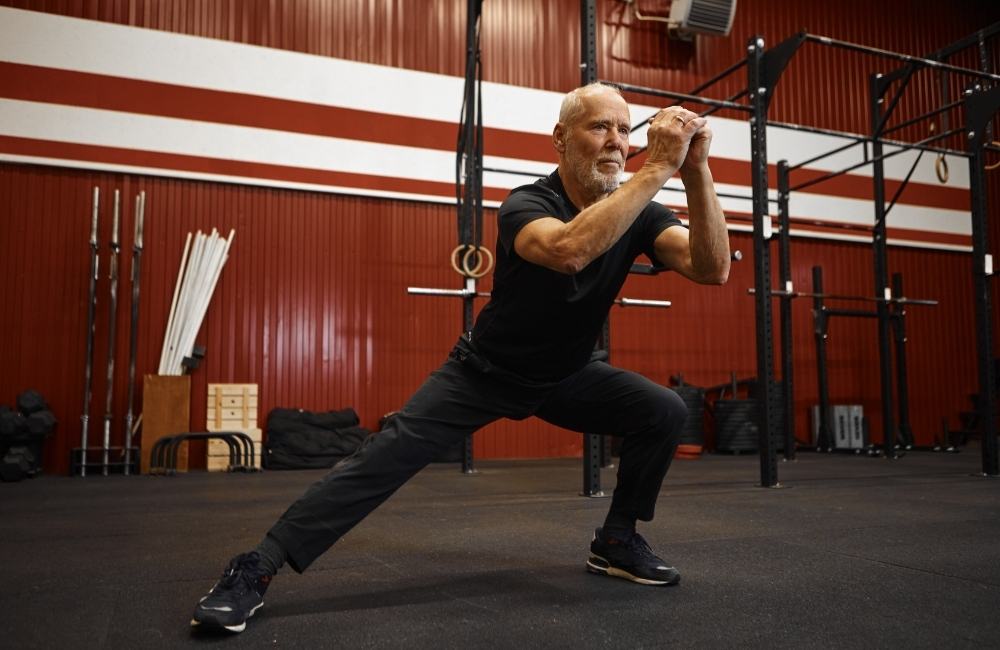
If you’re initiating an exercise regimen in your 60s, you’ll want to proceed with caution. All of the issues described previously in this article still apply. Plus, these problems continue to progress in the 7th decade of life.
Furthermore, stress may be high in this decade. This is the time when most people enter retirement, willingly or unwillingly. This can lead to financial insecurity and other major stressors.
Unfortunately, stress can compound the problems encountered during aging. Therefore, you should consider incorporating different stress reduction techniques. These include meditation, journaling, and many other pursuits.
Specific Recommendations for Exercise in Your 60s
As a new exerciser in your 60s, you should consider trialing some yoga and low-intensity workouts to start. By participating in yoga classes 2-3 times per week, you’ll be able to improve your strength, stability, and flexibility. Certain yoga classes may even serve to increase your cardiovascular endurance.
Working Out in Your 70s, 80s, and Beyond
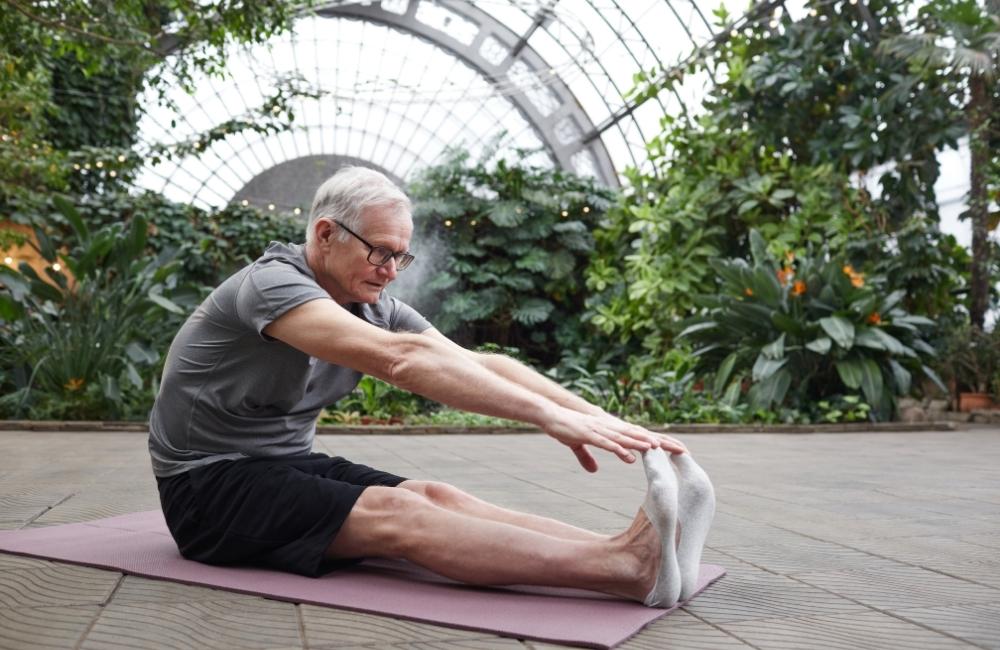
If you’ve reached this stage of life, you may think that it’s too late to get started on exercise. However, you can still benefit from working out in this period of life!
Again, every issue discussed above will have progressed significantly at this point. But these issues can still be counteracted.
Specific Recommendations for Exercise in your 70s and Beyond
Entering into an exercise program at this stage is a risk, there’s no doubt about it. That being said, if you work with a good trainer, you can definitely improve in various areas of health. It is advisable to spend the money on a trainer if you’re starting to work out in your later years.
Much like the recommendations for exercise in your 60s, you may consider starting with basic flexibility and stability movements. These movements are integral components of yoga classes.
Conclusion
No matter how old or young you are, you should be exercising!
That being said, there are specific considerations for each decade of life. The best thing you can do, no matter who you are, is to ensure that you start working out as soon as possible. This will help you to preserve muscle mass and cardio ability as you get older.
Now get out there and get to work!
Works Cited
- McPhee, J. S., French, D. P., Jackson, D., Nazroo, J., Pendleton, N., & Degens, H. (2016). Physical activity in older age: perspectives for healthy aging and frailty. Biogerontology, 17(3), 567–580. https://doi.org/10.1007/s10522-016-9641-0
- Villafañe J. H. (2018). Exercise and osteoarthritis: an update. Journal of exercise rehabilitation, 14(4), 538–539. https://doi.org/10.12965/jer.1836352.176
- Delmonico, M. J., & Beck, D. T. (2016). The Current Understanding of Sarcopenia: Emerging Tools and Interventional Possibilities. American journal of lifestyle medicine, 11(2), 167–181. https://doi.org/10.1177/1559827615594343

